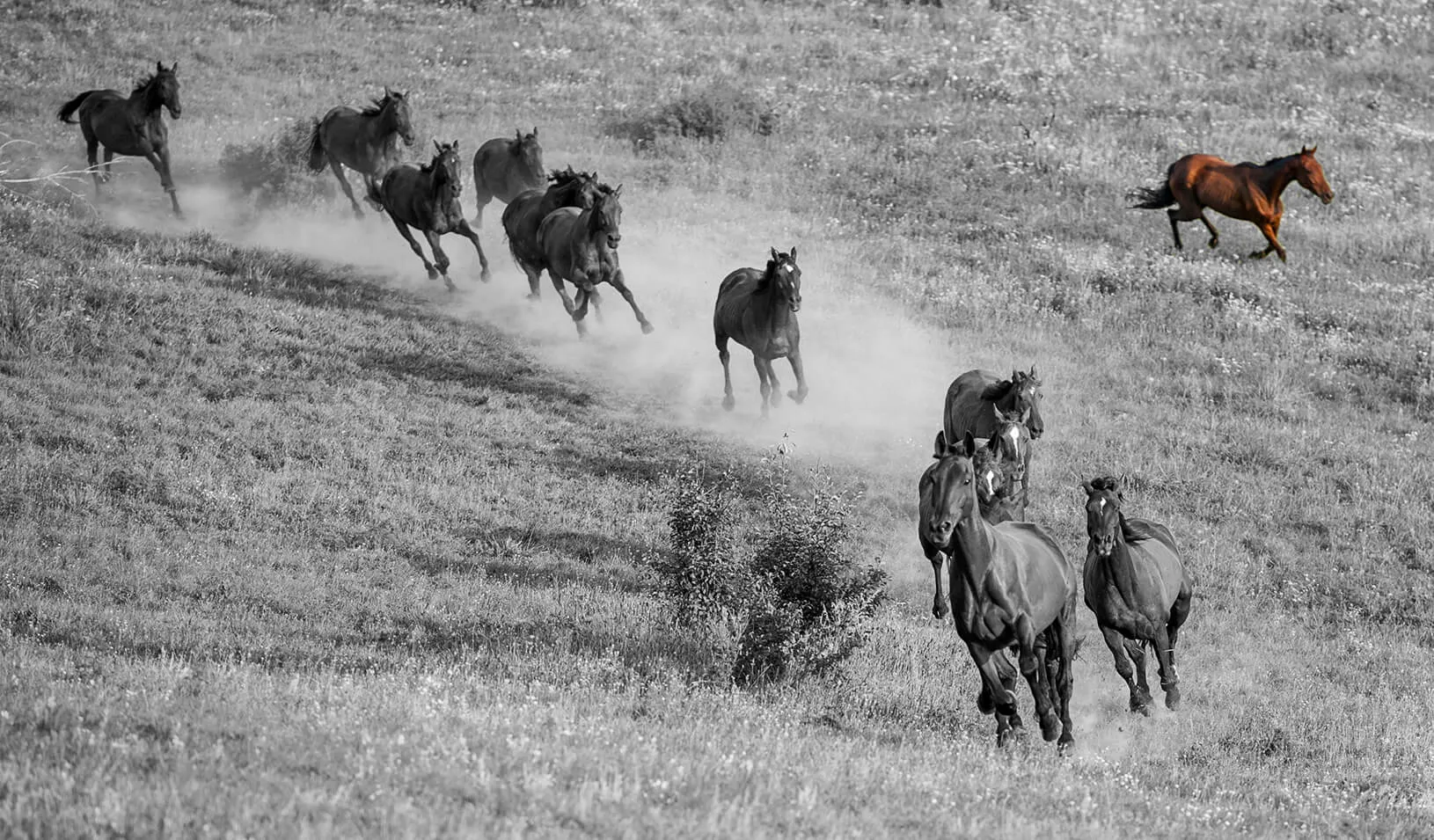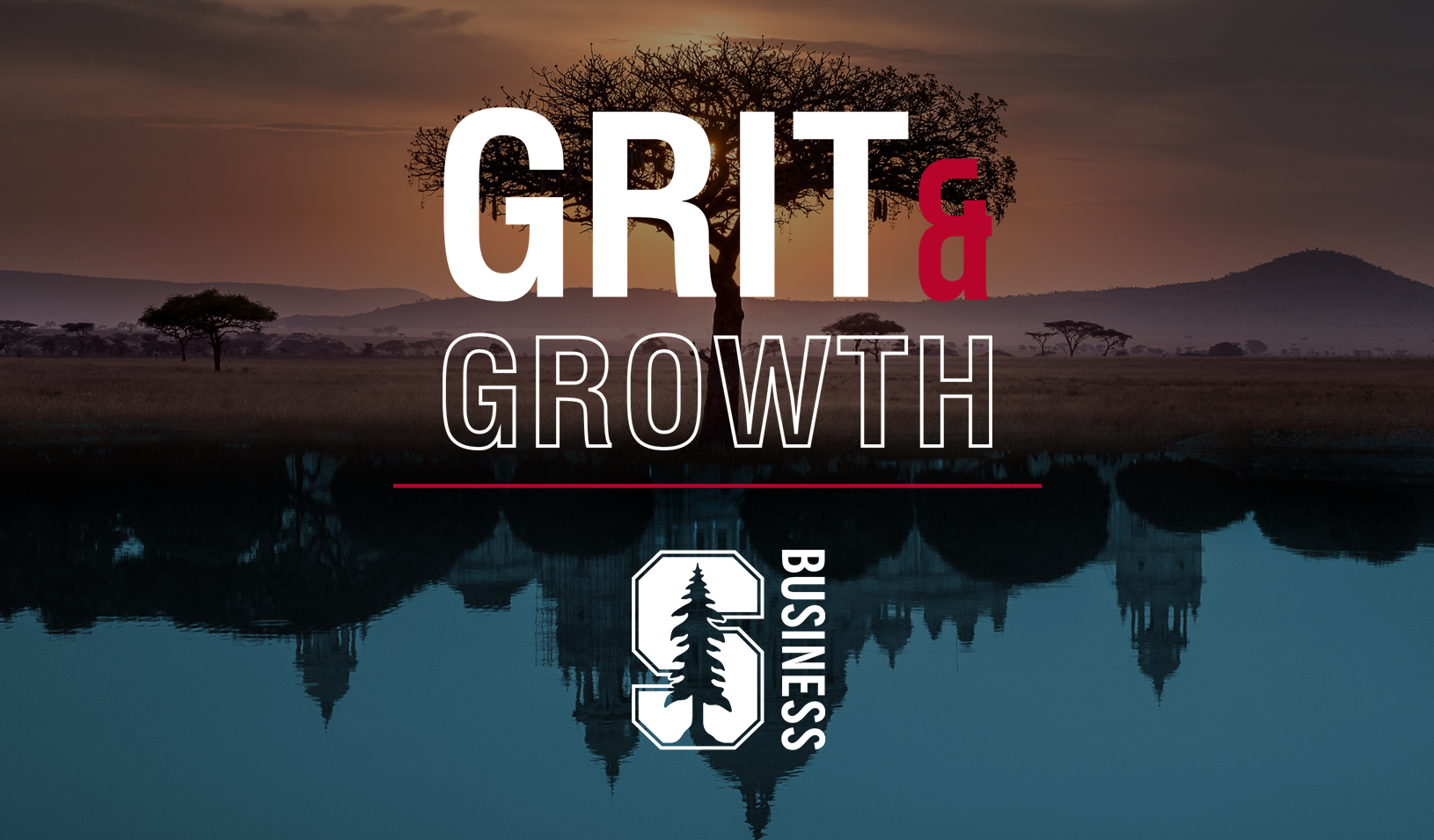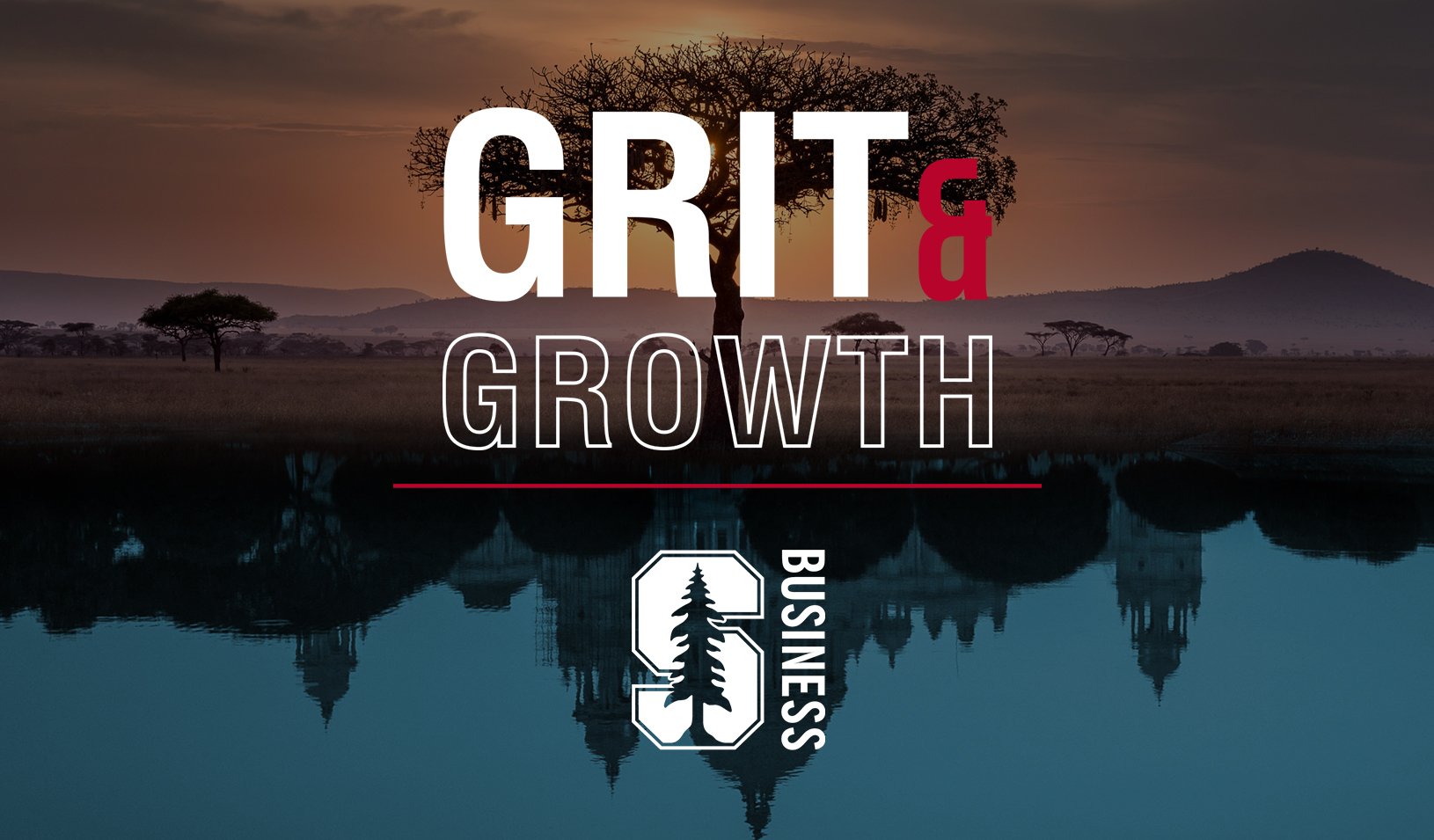Finding the Next Billion-Dollar Company
Want to spot a unicorn? Look for the horse running against the herd.
April 21, 2016

iStock/graffoto8
Last month I lectured to three very different groups: some top executives of a large American manufacturing firm, a roomful of Russians, and several thousand Chinese entrepreneurs in Shanghai. Very different groups, very different topics. But one question was asked in every venue: “What business is the next ‘unicorn’?”
If you can read, then by now you are tired of hearing about unicorns, a trope that refers to startups valued at $1 billion or more. Most pundits talk about them only after they are valuable, but anybody can look in the rearview mirror. What my audiences worldwide want to know is how to see them coming.
First, let’s get something straight: Statistics tells us that amazing exceptions will happen, every now and then, at random. In fact, amazing exceptions will even come in bunches every now and then at random, in the same way that my music player will randomly serve up three straight Steely Dan songs in a row. Call them what you want — black swans, unicorns, whatever. These unusual exceptions happen at random.
But with unicorn businesses, there is a pattern we can see in advance. This pattern won’t tell you who is the next unicorn, however. It will instead tell you where not to look.
Let me explain. Research shows that waves of exuberance about businesses tend to be biased. Since we’re all looking to each other to find the next new thing, once a market space starts trending, it’s bound to get hyped beyond its real potential; that’s what the “hype cycle” is all about. All that buzz makes it much easier to start companies in a hyped space. Ironically, this makes it so that many of the least competitive firms are the ones that herd into the hot markets where everyone wants to invest.
Want to find the next unicorn? Listen to where the buzz is coming from and run the other way. I can’t tell you who will be the next unicorn, but I can tell you it will come from where we least expect it.
This idea is systematically researched in my paper with Professor Elizabeth Pontikes.
Bill Barnett is the Thomas M. Siebel Professor of Business Leadership, Strategy, and Organizations at Stanford GSB, and blogs regularly.
For media inquiries, visit the Newsroom.
Explore More

Expanding Globally: A Masterclass with Steve Ciesinski

From Local Startup to Pan-African Success: The Beem Story



